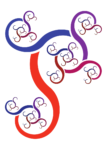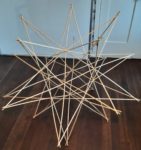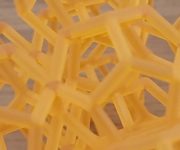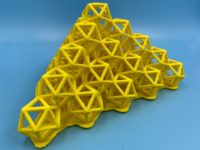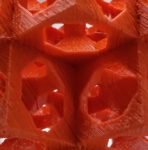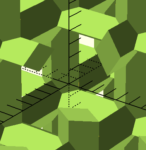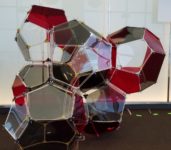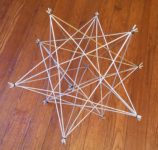Truncated Triakis Tetrahedron
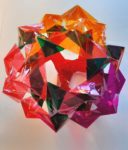
For the actual building event mentioned in the previous post (linked above), participants could choose from a variety of target polyhedra. The origami inspiration was the PHiZZ unit, which stands for Pentgons Hexagons in Zig Zag, so the ideal targets consist of just pentagons and hexagons. With Euler’s formula for polyhedra and a little calculation you can determine that such a shape must have exactly twelve pentagons and almost any number of hexagons; the page for the event includes a table of candidates.
Read More

